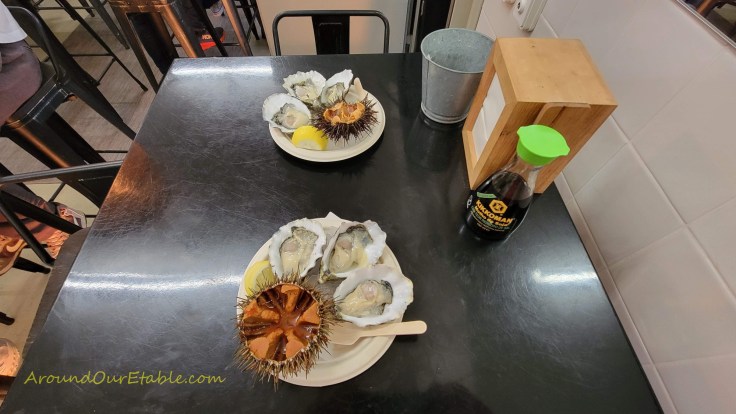Storyline: Portugal Take 2
In just a year, Porto has transformed. The streets are steeper, and the hills are longer. We are still with the same group of friends, and once again, we enjoyed their studio and the location. However, the grocery store that was conveniently nearby now sits atop a tall hill, making it feel quite distant. Even the eclair shop, located just 500 meters away, feels very far due to the uphill trek.
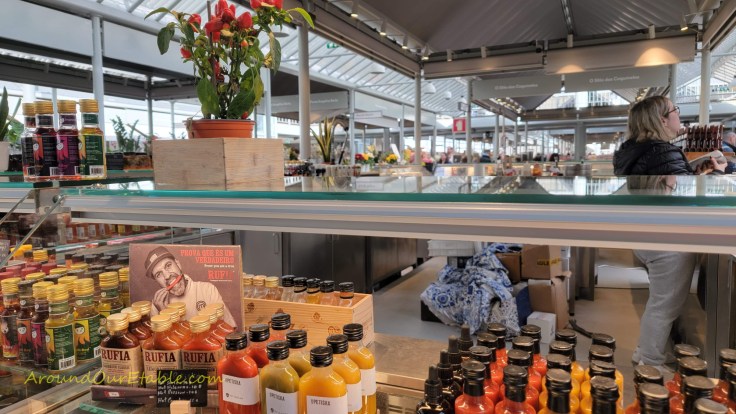
Then there’s the Mercado do Bolhão, which is now just across from the town hall, a few streets away, yet it feels so much further than before.
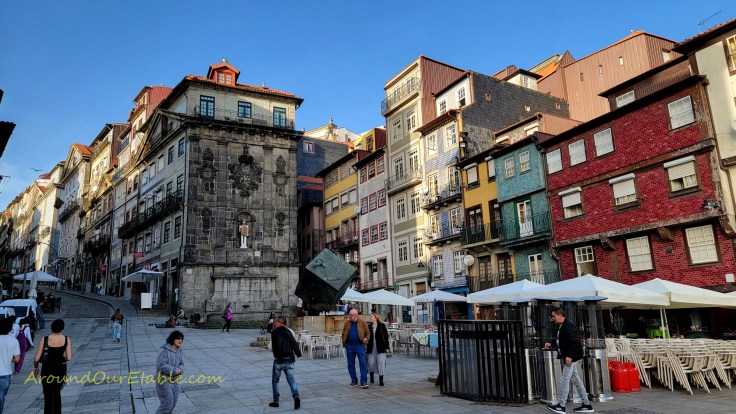
Upon our arrival, we walked approximately 3 km from Porto Campanhã train station, navigating steep hills while dragging our suitcases. Alex is still battling a cough that disrupts my sleep, leaving us both exhausted most of the time. Our time in Porto started off quite differently compared to last year. We arrived early at the train station and decided to grab lunch at a locally famous bifana spot. This was after securing our tickets to Lisbon for the day before our flight back home. Bifanas are essentially pulled pork sandwiches and seem to be a point of pride for the Portuguese, available with various regional variations. They love their sandwiches and bread here—bifanas and the Francesinha, a Porto specialty, can be found everywhere. Last year, we tried the heavy Francesinha but didn’t particularly enjoy it—(to me, they’re like a heart attack on a plate—A) so we won’t be trying that again.
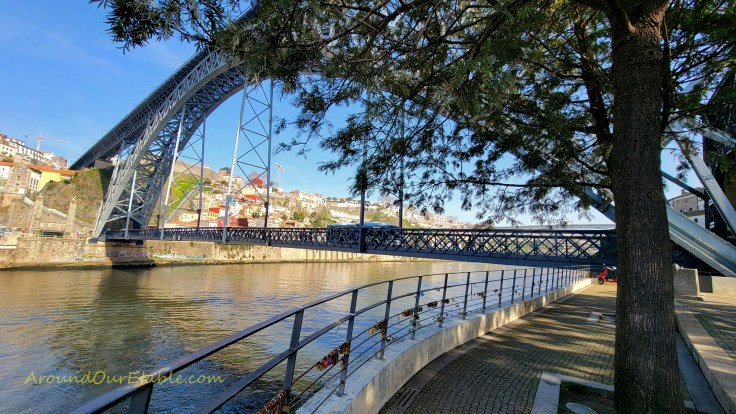
This year, we discovered that Porto, straddling the Douro River, was not only the home to port lodges but also the birthplace of the first revolt against the monarchy, occurring on January 31st in 1891. On the anniversary of this event, we were at our accommodation and noticed a celebration taking place in front of the City Hall, only about 100 meters up the street. We weren’t sure if we were wandering the streets at night last year or if the celebration was held elsewhere, but it was our first time noticing it. Initially, we weren’t even certain what the commotion was about.
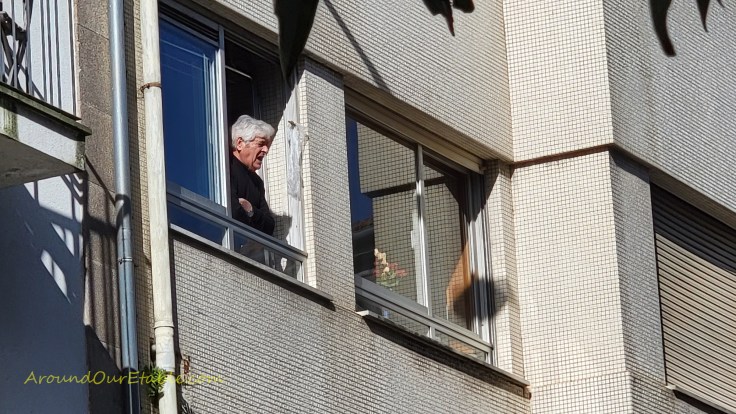
Earlier that day, we walked up a narrow street where an elderly man was singing from an open window of an old house, his voice rich and deep. An hour later, when we walked back down the same street, he was still singing. Some hours later, we heard women singing as well, leading us to believe the locals had a fondness for music. However, what started as mere curiosity turned into an eye-opening experience as we noticed crowds gathering, military marches, flags waving, and chants resounding through the streets. A quick Google search for “31st of January Porto” revealed the event was in commemoration of the “Revolta de 31 de janeiro de 1891,” thus inspiring the title of this post.
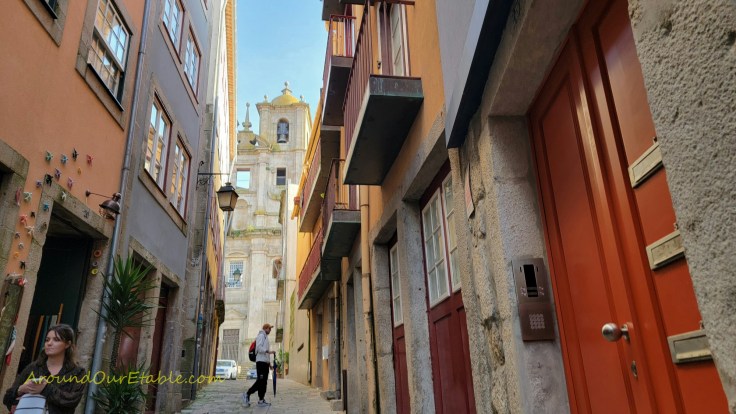
The revolt marked the first republican attempt to overthrow the monarchy, initiated by the military. Many participants, both civilians and soldiers, barricaded themselves inside City Hall. Unfortunately for them, some lost their lives, while many others were tried and subsequently exiled to Africa. A second similar attempt occurred in Lisbon on January 28, 1908, but that too failed. It wasn’t until the successful coup on October 4, 1910, that the Republic was established in Portugal. At that time, the street in Porto where many of the supporters of the coup were shot in 1891 was renamed Rua de 31 de Janeiro.
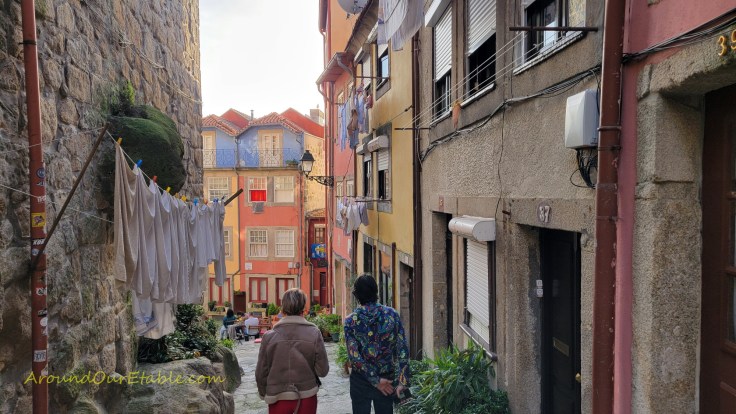
This year, the weather feels much warmer. We’re uncertain if this is due to improved weather or if it’s a result of ongoing changes due to COVID-19, but the city is noticeably more crowded. Last year, only a handful of restaurants on both sides of the river were operational and even those had limited patrons.
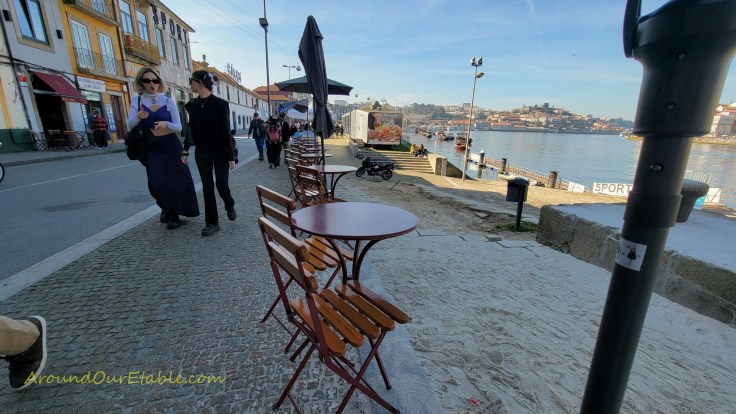
I estimate that about 40% of restaurants in the area were open. We walked past many eateries along the main street, including cafés, gelaterias, cervejarias, tascas, taberninhas (small taverns), petisqueiras (snack bars), mariscarias (seafood restaurants), and quejarias (cheese shops); many were closed. However, this year, everything is open.
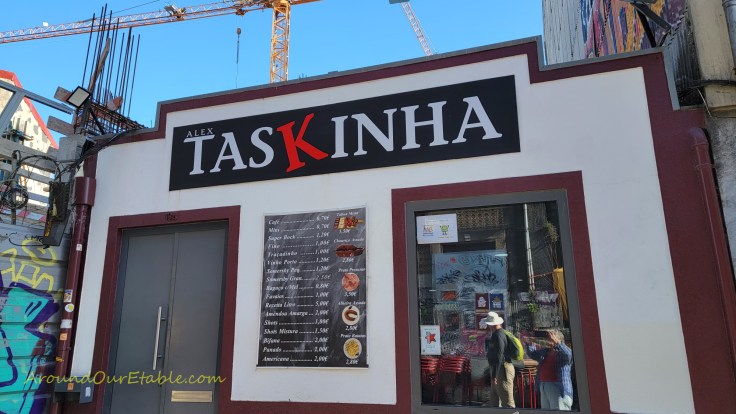
Even on the narrowest steep streets, where tables barely fit and only two chairs can be squeezed in, there were tiny restaurants that were fully booked. Many words in the local vocabulary do not have direct translations in English, yet they are all food-related, ranging from casual spots serving fast food like sandwiches (bifanas and francesinhas) to more formal dining establishments. There are even numerous terms for sweet treats and café-style places, like pastelaria (pastry shops), padaria (bakeries), confeitaria (confectioneries), leitaria (dairy shops), chocolateria (chocolate shops), and more.
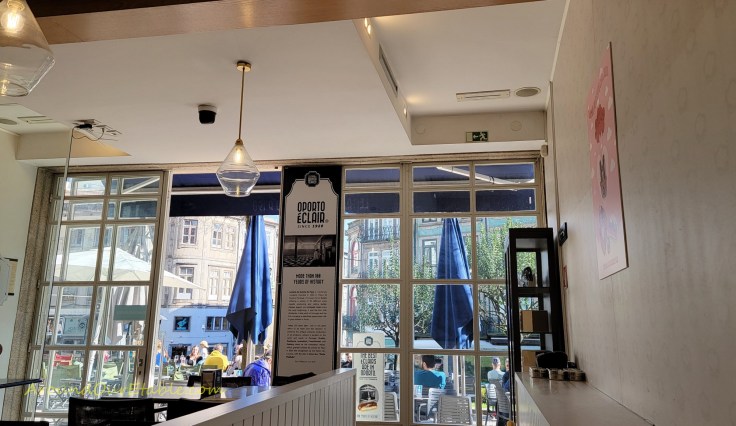
On a sunny Saturday morning, the atmosphere was buzzing as we walked toward our local leitaria for éclairs and coffee. We noticed a few tables filled with young men wearing unusual hats and uniforms. Further up, next to the leitaria, there was a long table crowded with a dozen or so guys enjoying beer (despite it being before noon). All of them wore hats similar to my Tilley hat, adorned with green lining. Curious, we stopped to ask if there was an event happening that weekend. The answer? No.
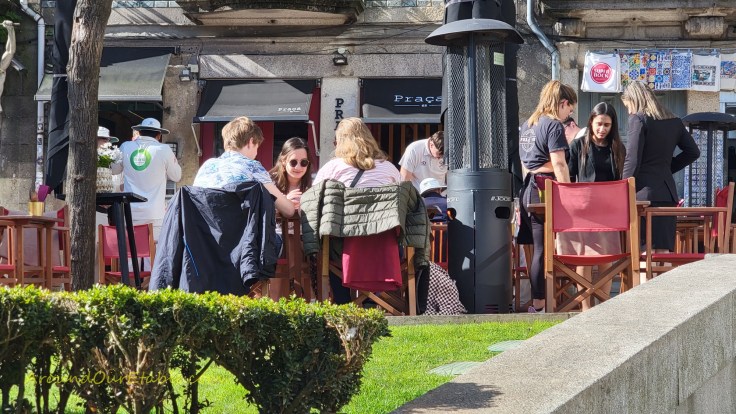
They were not an event; instead, we learned they were a group of students from the University of Cardiff in Wales, members of the cricket team, out for a brief vacation together, dressed in their cricket uniforms. I (Alex) mentioned they didn’t sound very Welsh.
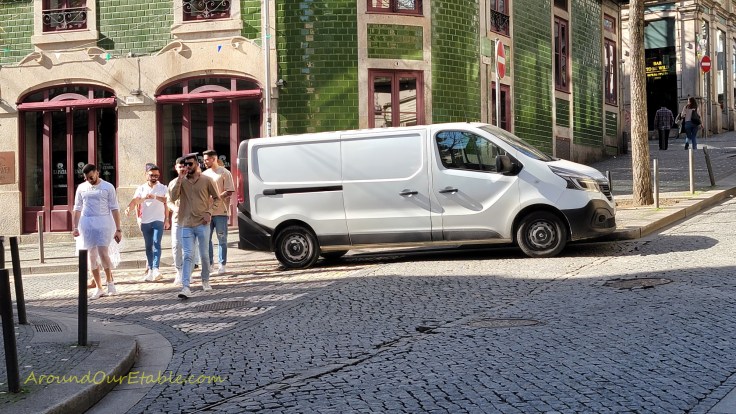
To our surprise, they were all English. Apparently, there are relatively few Welsh students at Cardiff University. We were puzzled by the stereotype of Welsh students wanting to study elsewhere, as they said most prefer to enroll at other universities. This conversation was noted by our server at leitaria, who later inquired about those guys and if they belonged to a cricket team. It appears that nothing in a bustling tourist city like Porto goes unnoticed by the locals.
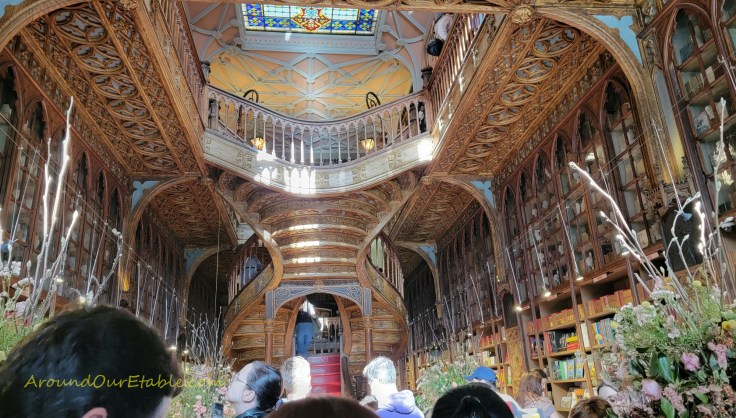
We finally had the opportunity to visit what locals deem the world’s most beautiful bookstore, Livraria Lello. And indeed, it lived up to its reputation. They’ve clearly improved their procedures. We managed to buy tickets online (a must nowadays) just 10 minutes before the next entry slot. Last year, we encountered long queues and could not even arrange a booking in advance for the times we wanted.
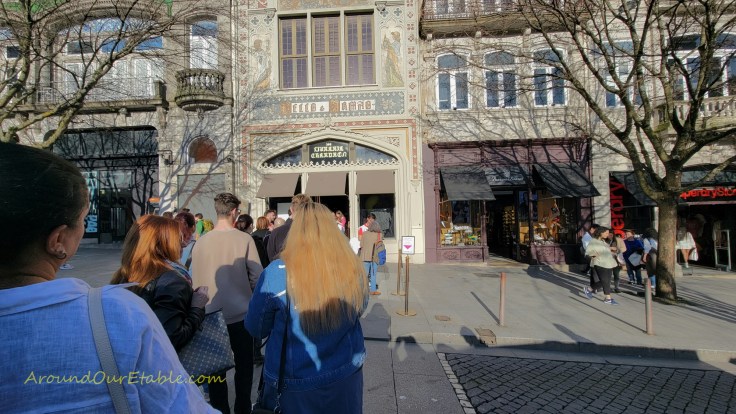
In January 2024, the process was streamlined; we received a bar code allowing us to purchase our entry voucher for 8€, which could be used towards a book purchase if we chose to buy one. One line for the designated time slot we selected, with entry intervals set every 30 minutes.
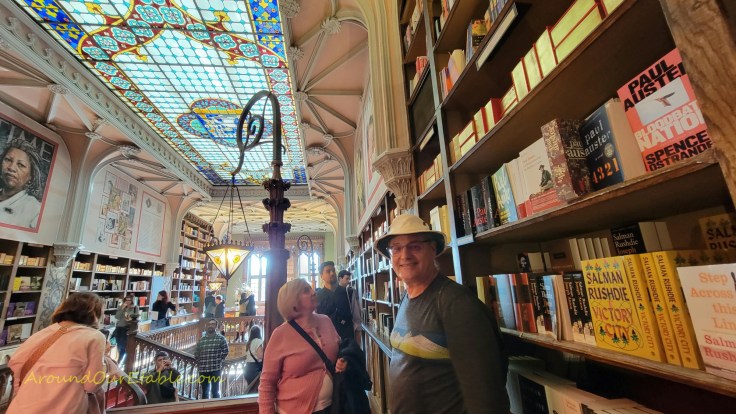
Founded in 1869, Livraria Lello has undergone several ownership changes, particularly after a significant engineer was hired to construct its current structure. The bookstore was inaugurated in 1906 but eventually became a famous tourist destination, with visitors flocking not just to buy books but to admire its architectural beauty. In 2015, with only 9 employees, it faced bankruptcy. To counteract this, management implemented a 5€ fee, redeemable with a book purchase. This initiative saved the store, leading to an impressive increase in staff numbers to 60 employees and about 4,000 daily visitors by 2022, with an average sale of 1,200 books each day.
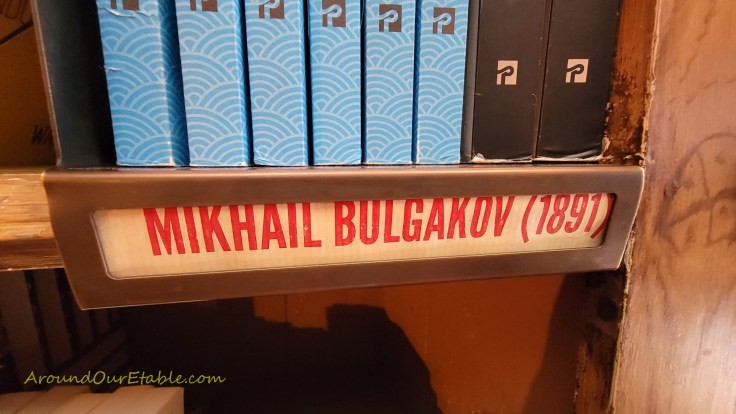
We were impressed by the extensive collection of world literature available in its original language, as well as in Portuguese and often English. Even classics such as Bulgakov’s Master and Margarita were present. However, the bookstore was quite crowded, making it challenging to explore everything available.

We felt that they housed nearly all the great literature we could think of, so we opted to explore a quieter area of the store where there was a delightful exhibit dedicated to their own Nobel Laureate, José Saramago.
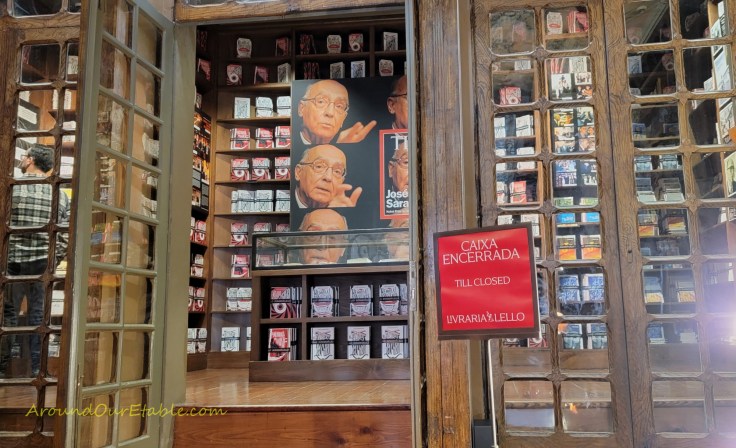
Susana, who was managing that section, spent a considerable amount of time with us discussing the author and showcasing 6 (Alex thinks 8) books in English from their exclusive collection. Despite his global prominence, Saramago is regarded as somewhat controversial in Portugal due to his atheistic views, which can be a contentious topic in a deeply religious nation.
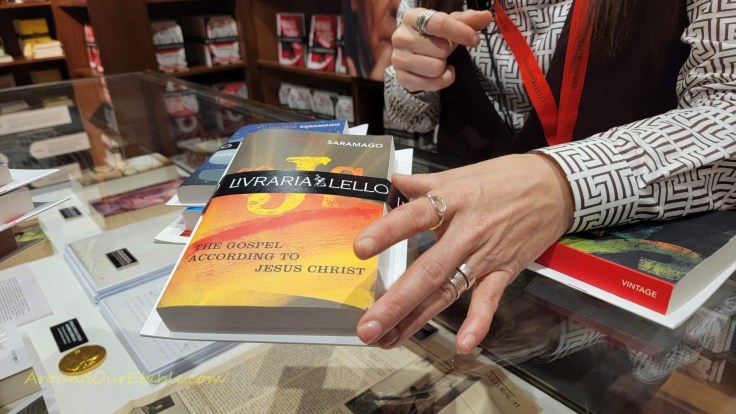
His novel The Gospel According to Jesus Christ faced government censorship for being offensive to Catholics. Saramago was also critical of politics and politicians, according to our guide. She presented all the books she had selected, and we chose two to purchase. The next day, we returned for another. This year, instead of bringing home port wine, we are taking home books.
In 1993, after the government prevented the presentation of The Gospel According to Jesus Christ for the European Literary Prize, he sought exile in Spain.
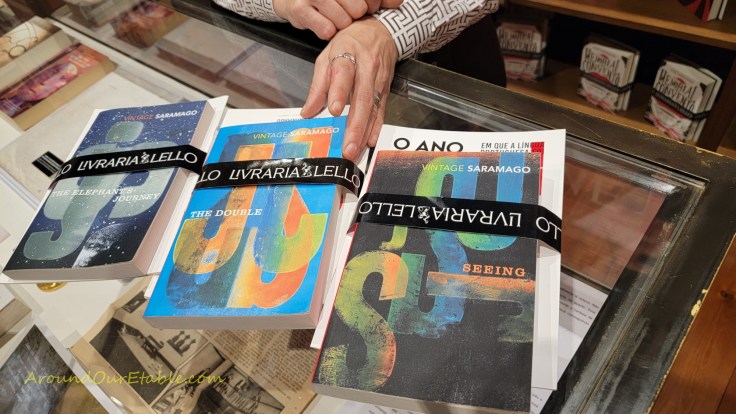
He won the Nobel Prize in Literature in 1998 with the citation: “who with parables sustained by imagination, compassion, and irony continually enables us once again to apprehend an elusive reality.”
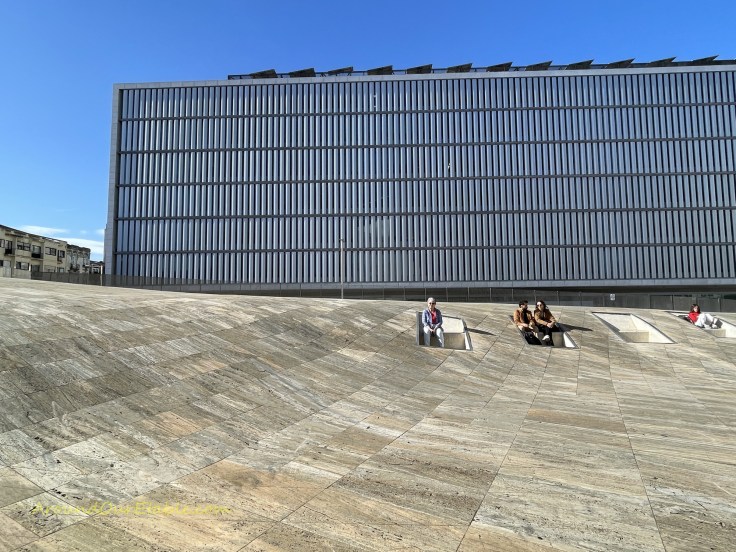
One sunny day, we walked up to the concert hall located in the hills. The building reminded us of Reykjavik’s Harpa Hall, where we spent considerable time during the “Iceland Airwaves” music festival in November 2014. Enjoying lunch in the concert hall café, we shared a Prato do Dia for 9.5€, which included soup, a generous serving of chicken stroganoff with rice, dessert, coffee, and a glass of beer. I also ordered a glass of wine.
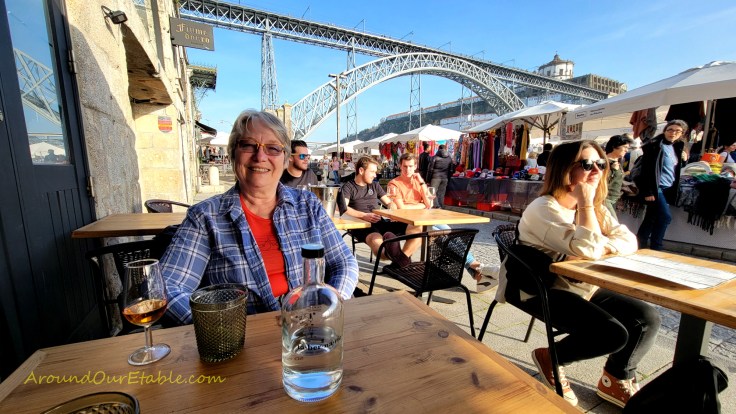
We made our way downhill toward home and unexpectedly found a lovely cafeteria with a beautiful back garden along a promenade. We delighted in a jug of sangria before continuing our stroll home. Sangria became our signature drink😊 (eh, dish) around which all our meals centered.
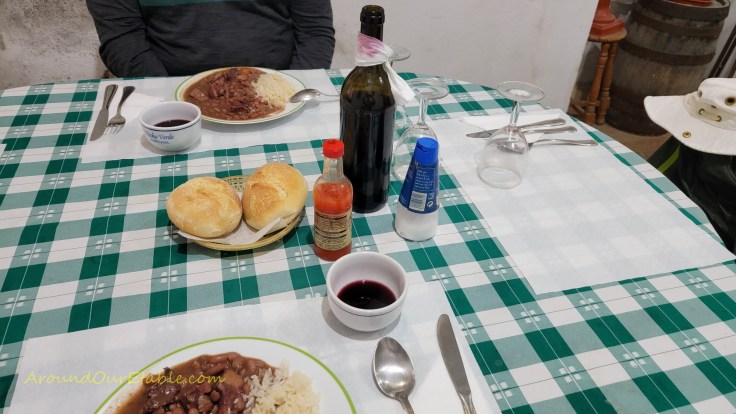
We also returned to Casa Costa, a local spot where patrons eat whatever the chef (the elderly matriarch) has prepared for the day. This year, we were served a hearty stew with beans and meat, accompanied by bread, soup, dessert, coffee, and a bottle of red wine. This time, the creamy custard dessert we had last year was not on the menu. Communication was mostly through gestures, and the staff was incredibly kind and accommodating. Some of the local patrons, however, were not as courteous—one woman stubbornly refused to move her baby stroller, blocking our way to the exit. The place was rather compact, with maybe only 4 to 6 setups crammed together, and the stroller was clearly obstructing the path.
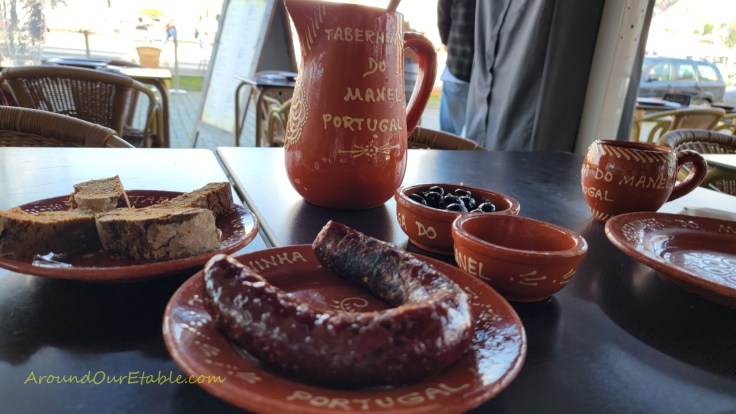
On a sunny Sunday, the promenade by the Douro River was not only teeming with tourists and locals but also bustling with hundreds of bikers. Perhaps they came from all across the country, but many were simply causing chaos, revving their engines loudly to disrupt the peaceful atmosphere of the area, ruining the dining experience for patrons and annoying tourists as they zoomed past on the waterfront and along the Vila Nova de Gaia side of the road.
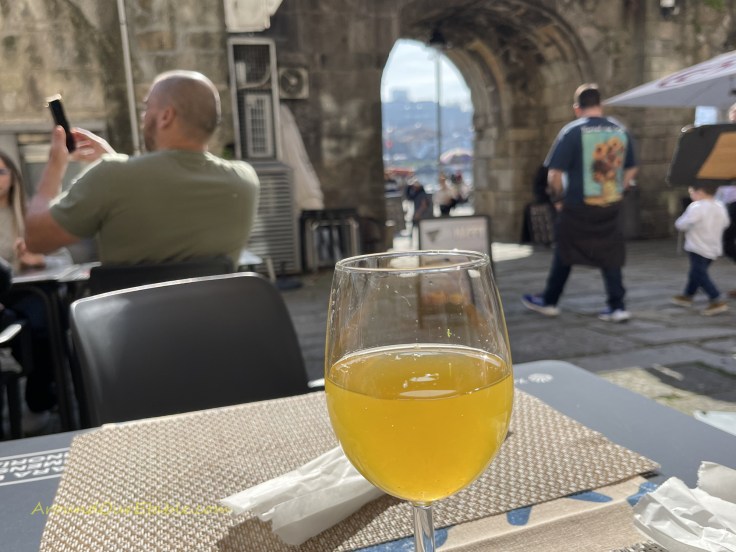
Eventually, we found a quieter spot on the Porto side in a small pizzeria where we enjoyed another jug of sangria alongside our lunch. Earlier in the week, we were disappointed by the restaurants on the Gaia side of the river, but we anticipated that with the influx of tourists this year.
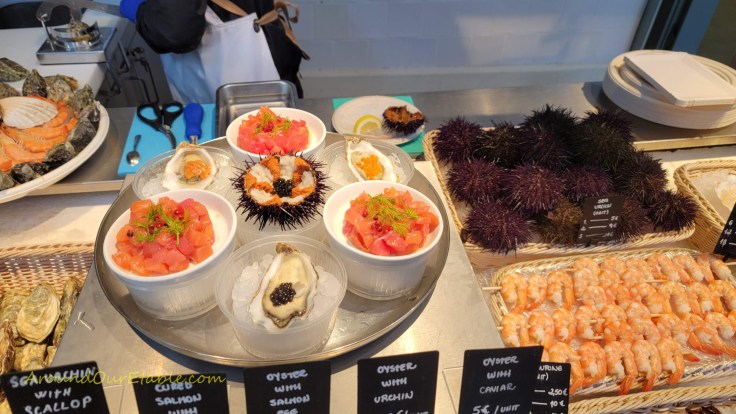
Due to continued fatigue (Alex’s cough persists, though it has improved), we opted out of train trips to Braga or Guimarães and instead enjoyed our surroundings and explored some new areas. Overall, this trip has deepened our appreciation of Porto.
